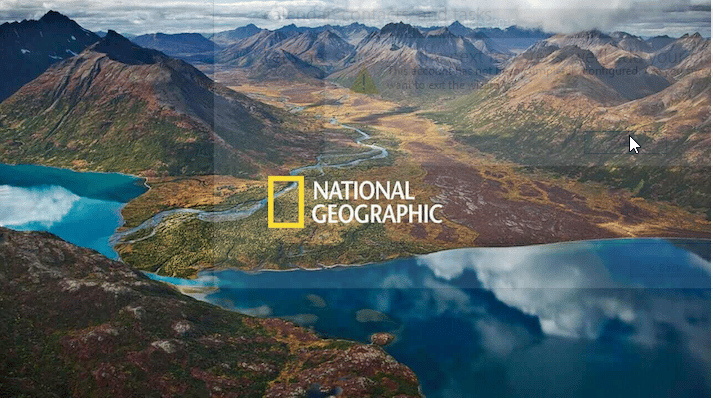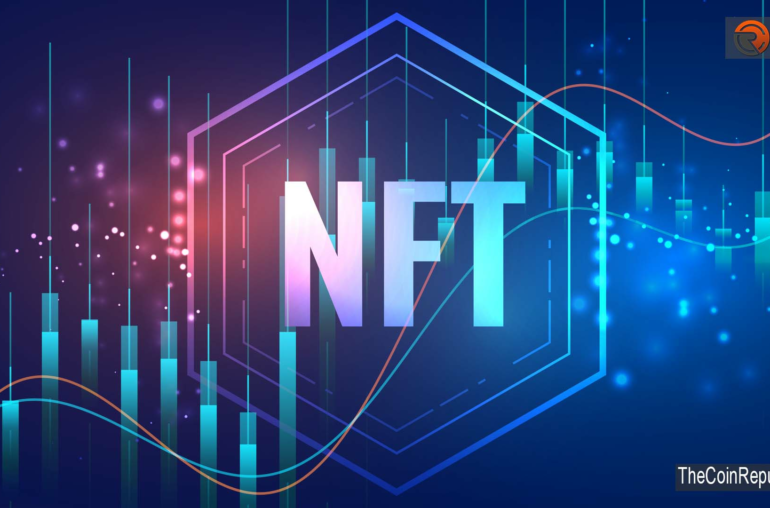
National Geographic was unprepared for the level of criticism it received after announcing their inaugural NFT collection.
Those who read the magazine with an interest in nature hoped their readers would take to NFTs. After all, the publication is committed to writing about primates, which are all the rage these days in the NFT “jungle.”
According to a report, the backlash began when their social media accounts posted the infamous Bored Ape Yacht Club NFT last week.
The purpose of the nature-focused publication’s message was to prepare their audience for the Polygon launch of their own-branded NFTs named the Genesis Collection.
It is a collection of digital art based on the popular photographs of National Geographic’s finest lensmen, including Justin Aversano and Catch Simard.
National Geographic is a monthly American magazine published by the National Geographic Society and distributed internationally in a variety of formats.
It is well-known for its stunning images and maps, as well as its chronicles on many countries, societies, and animals.
The public has not responded positively to NatGeo’s decision to invest in NFTs, with many claiming that NFTs are hoaxes and others suggesting that the excitement surrounding NFTs has fizzled.
Negative comments, including vulgarity and requests for NatGeo to remove its NFT articles, have flooded NatGeo’s social media sites.
Aside from the harsh words from its audience, National Geographich even received more flak when several technical issues have been found when its remaining users tried to mint for their NFTs.
During the minting process, the minting platform of National Geographic, Snowcrash, encountered technical issues on processing and fulfilling customer requests.
National Geographic was founded in 1888 and now has over 256 million Instagram followers, 50 million Facebook likes, and well over 29 million Twitter followers.
When it comes to receiving public backlash related to NFTs, the 135-year-old nature-centric magazine National Geographic is not alone in this endeavor as many other companies and entities have also experienced the same, according to Canada Today.
Other multimedia outlets such as those from the entertainment industry and even the gaming industry had their fair share of NFTs backfiring on them hard. 
Source: Kristian Bland’s Twitter
One such case was with the popular streaming service Netflix when they revealed to the public that one of their most popular shows “Stranger Things” would get its own NFTs through its own specialized mini-game.
It was supported by the Palm blockchain managed by Candy Digital, in which there are hidden messages within the NFTs that players can discover.
However, just like in the video game industry wherein many gamers have rejected NFTs being involved with their games, the fans of the show and the users of the streaming service app aren’t happy with Netflix getting involved with NFTs in particular.
It seems that there is a long path ahead for NFTs for them to be accepted by the masses.
Featured image by Business 2 Community
For updates and exclusive offers enter your email.
Freelance writing is Christian’s other cup of tea. When not on his computer, he unwinds with a cold bottle of beer and laughs with his son over cartoons. Other than that, he’s just like everybody else who wants to be happy with their life.
Bitcoin news portal providing breaking news, guides, price analysis about decentralized digital money & blockchain technology.
© 2022 Bitcoinist. All Rights Reserved.

